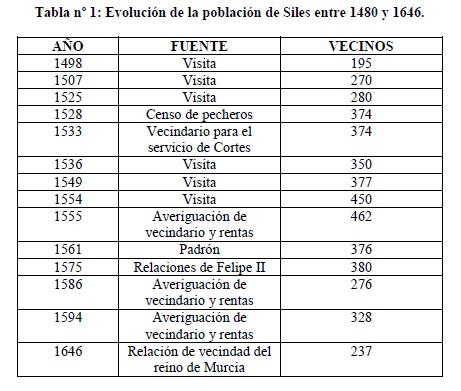During the 15th century, European civilisation underwent an important process of enrichment and expansion, in addition to profound political, economic and social transformations. In short, there was a change of mentality that culminated in the emergence of a new artistic and literary movement, the Renaissance. This cultural epoch is rooted in anthropocentrism (Man as the centre of the Universe) and in the revaluation of the individual personality, while at the same time it is strongly marked by its attempt to break with the Middle Ages in order to recover the forms of classical Antiquity. It originated in Florence, where it was born in the early 1400s, and lasted for two centuries in three distinct stages. The first, the 15th century, is known as the Quattrocento or early Renaissance; the second, as the Cinquecento or full Renaissance, reduced to the first 20 years of the 16th century and considered the period of plenitude; the third and last is called Mannerism, which covers the rest of the 16th century and in which certain anti-classical connotations predominate. The architecture, which mainly uses stone and marble, is dominated by a high degree of proportion and symmetry; in this field, churches with a centralised plan and a variety of civil buildings stand out: villas, palaces, hospitals and libraries. The architects Filippo Brunelleschi, Leon Battista Alberti, Bramante, Andrea Palladio and Michelangelo stand out. Man is the fundamental subject of sculpture, whether religious or profane, and he was the protagonist of a large number of portraits of a royal, heroic, equestrian or funerary nature. The materials used are diverse, the most common being stone, marble, bronze, wood and terracotta. The most notable figure is Michelangelo, who was joined by Lorenzo Ghiberti, Donatello, Andrea Verrocchio and Luca della Robbia. Finally, the main centres of painting were Florence, Rome and Venice. During the Quattrocento, artists focused their attention on perspective and composition, with Fra Angelico, Massaccio, Piero della Francesca, Ghirlandaio and Botticelli, the latter two being painters of a refined and detailed style. Finally, Cinquecento painting was dominated by simple, monumental forms in which a high degree of technical perfection was achieved, with important examples in the works of Leonardo, Raphael and Michelangelo.
Collection: Images
Project: 11. Science and culture as representation in Europe.
Chronology: XV
Scope: Baccalaureate
Link: https://www.uffizi.it/en/artworks/birth-of-venus
Resource type: Image
Format: Tempera on canvas, 172,5x278,5 cm
Source: Galería Uffizi (Florencia)
Language: English
Date: 1485
Owner: Blanca Rodríguez Hernández (Modernalia)
Identifier: Inv. 1890 no. 878
Copyright: Galería Uffizi (Florencia)
Abstract: Italian Renaissance
Tags






